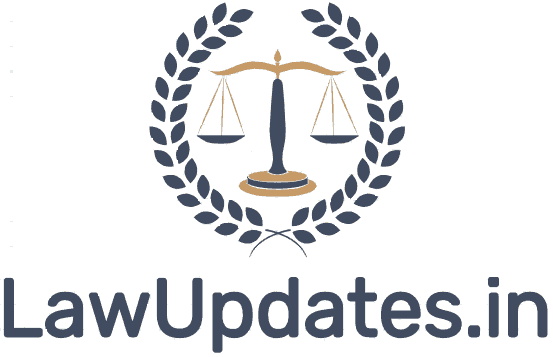The Supreme Court on Friday held that for most litigants in this country, only physically accessible institution for obtaining justice is the District Judiciary. Therefore, its independence assumes even greater significance [All India Judges Association v Union of India].
A bench of Chief Justice of India DY Chandrachud, Justices V Ramasubramanian and PS Narasimha underscored that without impartial and independent judges in the district judiciary, justice would remain illusory.
“The independence of the district judiciary must also be equally a part of the basic structure of the Constitution. Without impartial and independent judges in the district judiciary, Justice, a preambular goal would remain illusory. The district judiciary is, in most cases, also the Court which is most accessible to the litigant,” the Court said.
Drawing an important distinction between officers of the judiciary and staff of the legislative and executive wings, the Court said that judges are not employees of the State but holders of public office who wield sovereign judicial power.
“Separation of powers demands that the officers of the Judiciary be treated separately and distinct from the staff of the legislative and executive wings. It must be remembered the judges are not employees of the State but are holders of public office who wield sovereign judicial power. In that sense, they are only comparable to members of the legislature and ministers in the executive. Parity, thus, cannot be claimed between staff of the legislative wing and executive wing with officers of the judicial wing,” the Court made it clear.
The Court made the observation while deciding a plea seeking the updation of judicial officers’ service conditions.
“One may go to the extent to state that the rights of “access to justice” and “fair trial” cannot be exercised by an individual without an independent judiciary”, the court said.
Further, it stated that without fair and speedy trial, remaining rights including fundamental and constitutional rights will not be enforced in a manner known to law.
“If these instrumental rights themselves are hindered, then all other rights within the Constitution would not be enforceable.”
The judgment added that the right of fair trial and access to justice is not limited to the physical access to a court but must also include all necessary prerequisites of a court such as, infrastructure, and an unbiased, impartial, and independent judge.
In the case at hand, the Court considered and accepted several recommendations made by the Second National Judicial Pay Commission constituted by the Central government.
As per the Commission’s report, it analysed representations from various sources and periodically consulted with several experts while preparing working sheets and calculations.
The Court also took into account submissions by the Amicus Curiae advocate K Parameshwar who submitted that increase in pay of High Court judges must equally reflect an increase of pay for the district judiciary.
He also contended that uniformity must be maintained across the country in terms of pay and designation of the district judiciary.
The Bench agreed with these submissions, stating that in the unified judicial system’s hierarchy, a High Court judge is placed above a district judge.
Thus, once the salary of the district judge is pegged against the High Court judge, it follows that any increase in the salary of the judges of the High Court must reflect in the same proportion to the judges in the district judiciary.
The judgment also accepted the suggested change in nomenclature pan-India to include: Civil Judge (Jr. Div), Civil Judge (Sr. Div), and District Judge.
“High Courts are directed to ensure that the designation of judicial officers is uniformly the same as mentioned in the above paragraph.”
The recommendation to bring the district judiciary’s pay structure in conformity with the Seventh Central Pay Commission was also accepted and directed to be implemented.
With this, High Courts and competent authorities were asked to make necessary amendments to Service Rules in conformity with the recommendations accepted by the Court within three months.
Additionally, revised rates of pension approved by the Court will be payable from July 1, 2023.
Source Link




